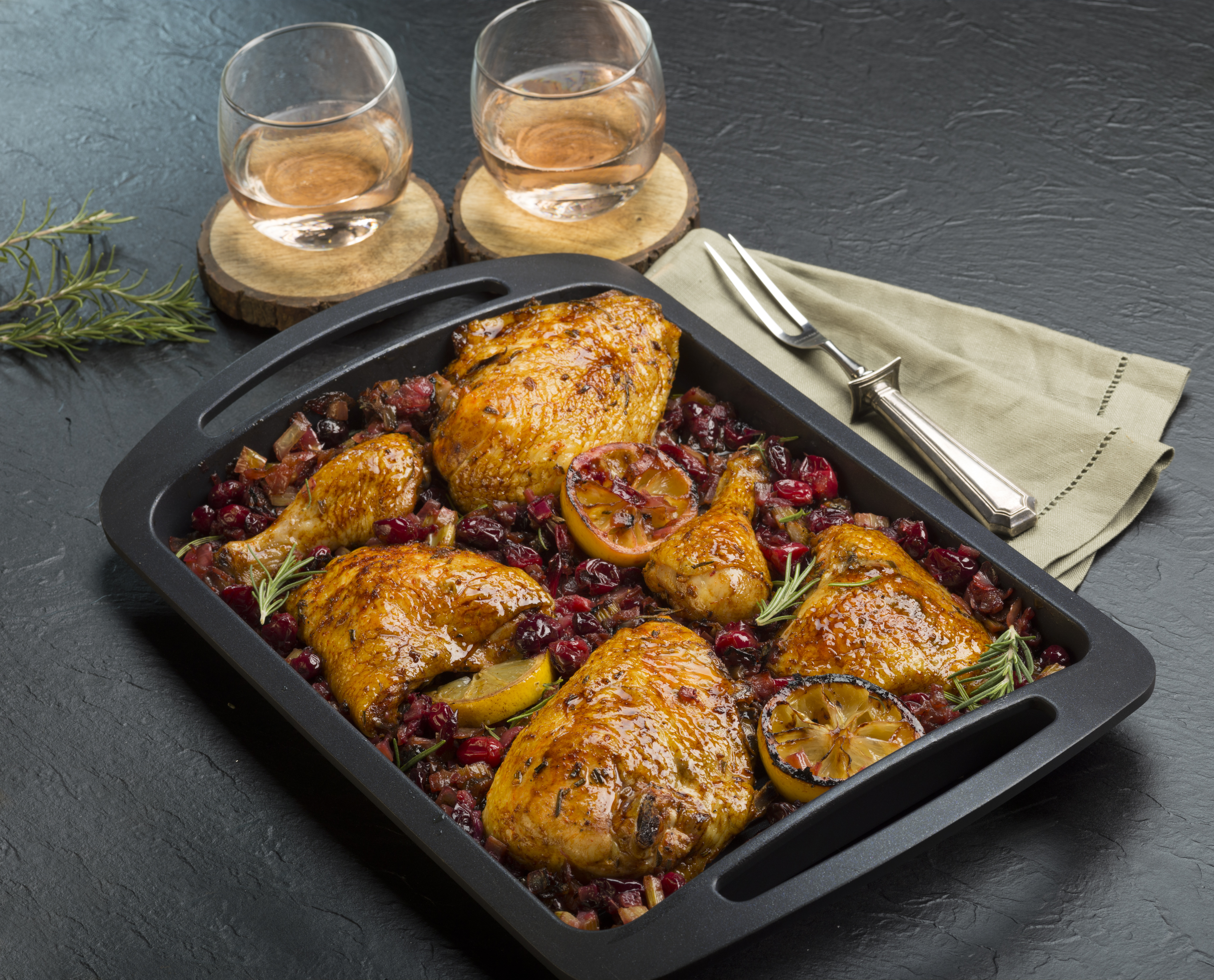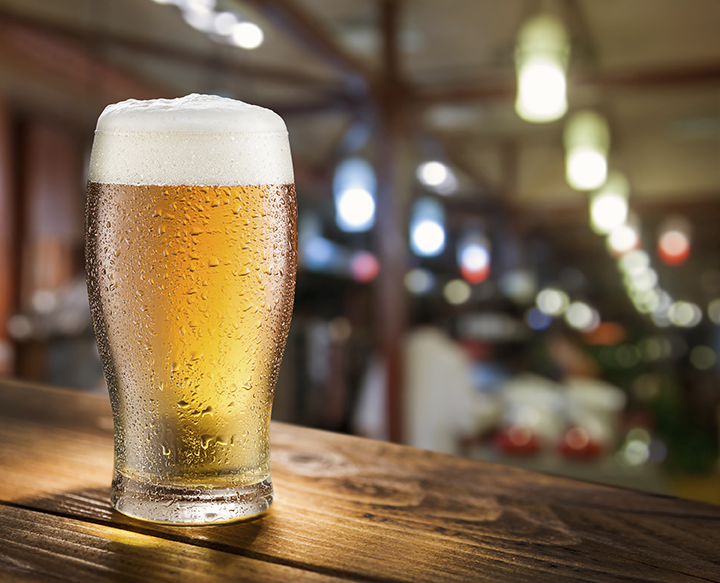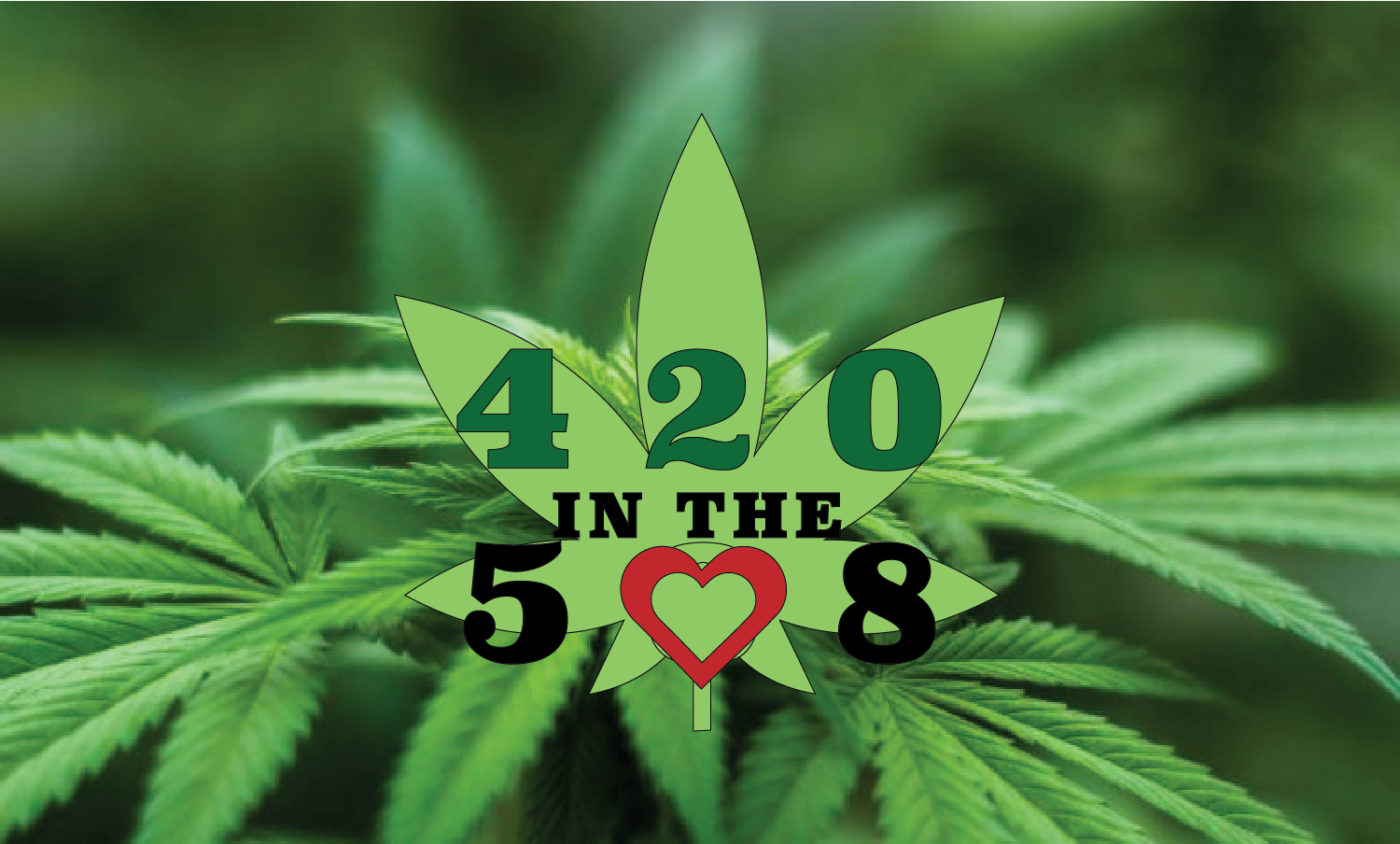By Dennis Vasconcelos
Have questions about corks? Proper wine-pouring etiquette? Wine gadgets? Then read on as our resident wine expert separates fact from fiction.
 How should different wines be stored? Upright? At an angle? In the refrigerator? In the dark?
How should different wines be stored? Upright? At an angle? In the refrigerator? In the dark?
Other than fortified wines such as Ports, most wines should be stored the same way whether they are red or white. Also, it should be stated that most wines do not need to be aged for extended periods of time and are meant to be enjoyed soon after being purchased. This is especially true for white wines. That said, let’s go over the basics. Bottles should always be stored horizontally; this ensures that the wine stays in contact with the cork, keeping it moist and preventing air from entering the bottle. Ports and Sherries should be stored upright. Keep your wines in the dark. Light will prematurely age your collection. Ultraviolet lights especially can result in unpleasant aromas and ruin the wines. Extra care should be given to sparkling wines. They are the most sensitive to harsh lighting environments. A wine refrigerator is one of the best investments you can make. It allows you to keep your wines at the optimum temperature ~ 50 to 55 degrees. It is also important to keep the temperature constant; rapid fluctuations can cause serious damage to the integrity of the cork ~ and thus ruin the wine. Humidity is also an important factor when it comes to storing ~ the acceptable range is between 50 – 80%, but 70% is recommended.
I got my wrist slapped for drinking wine out of a glass tumbler ~ and was told that wine should only be enjoyed from stemware. True?
First of all, next time you see this person, slap him or her right back. Now to the question…Although stemware is the proper glass for wines, it is not the end of the world if you drink out of another type of vessel. The only problem with drinking out of a tumbler is that there is no stem to hold onto so your hand is in constant contact with the wine, raising its temperature. I know, scary stuff ~ god forbid you drink a slightly warmer glass of wine. You should be ashamed of yourself.
Do the different size wine bottles have official names?
 There are 13 different bottle sizes available out there ~ so pay attention, all you wine enthusiasts who love to show up at a party with the biggest bottle (if you’re really into size ~ champagne is one of the best ways to flaunt the size of your bottle). Here they are, from smallest to largest available.
There are 13 different bottle sizes available out there ~ so pay attention, all you wine enthusiasts who love to show up at a party with the biggest bottle (if you’re really into size ~ champagne is one of the best ways to flaunt the size of your bottle). Here they are, from smallest to largest available.
SPLIT ~ Made only for Sparkling Wine. The 187 ml. size is equal to 1/4 of a standard bottle.
HALF-BOTTLE ~ Half a standard size bottle. 375 ml.
BOTTLE ~ You know this one. Standard size bottle. 750 ml.
MAGNUM ~ Equal to 2 standard bottles. 1.5 litres
DOUBLE MAGNUM ~ Equal to 4 standard bottles. 3 litres.
JEROBOAM ~ This is what the folks of Champagne and Burgundy call their 3 litre bottles.
REHOBOAM ~ About 4.5 litres. Equal to 6 standard bottles.
IMPERIAL ~ Equal to 8 standard bottles. 6 litres.
METHUSALEM ~ This is what they call an “Imperial” in Champagne and Burgundy.
SALMANAZER ~ About 9 litres or 12 standard bottles.
BALTHAZAR ~ Equal to 16 standard bottles. 12 litres.
NEBUCHADNEZZAR ~ Depending on the country of origin this size will be from 16 – 20 standard bottles. 12 to 16 litres.
SOVEREIGN ~ Now this is a lot of juice. 67 standard bottles or 50 litres.
Can wines get “skunked” like beer can if they go through a cold-to-hot temperature change?
They do not get skunked like beers, but they can spoil if they go through too many extreme temperature changes. This is especially true with heat, as it will actually cook the wine if the temperature gets high enough, leaving you with a big bottle of unusable vinegar. And as delicious as this sounds, you are better off storing your bottle in refrigerated temps too cold rather than at unstable and fluctuating room temps. WINE FRIDGE, WINE FRIDGE, WINE FRIDGE! There, I feel better now.
Let’s talk about cork protocol.
You accidentally push the cork inside the bottle, but it remains whole. Can you still serve the wine?
Sure can. The only thing I would suggest is investing in a decanter. That way you can pour the bottle into it sans cork. Plus, decanting a wine makes it smoother ~ and makes you look like you know what you’re doing.
Is being about to tell whether a wine is good just an urban legend? If not, and you’re hosting a dinner party, do you allow one guest to do the honors? And if so, which one?
It’s more of a misunderstanding than an urban legend. You can’t tell how good a wine is by sniffing the cork, but you can tell if a wine has gone bad. Ironically enough, the “bad” is usually caused by the cork itself containing bacteria that can give the wine a musty, wet cardboard smell and taste. As far as who gets the honor of looking like a dumbass, just offer it to the whole party. Surely someone will gladly take on the task.
Should both light wines and dark wines be allowed to breathe? Should the breathing happen in the open bottle or in a carafe?
Although red wines benefit more from breathing than whites, all wines could use a little help. Wines can breathe inside of a bottle, but the process is faster if you use a carafe or decanter. Pouring into a new vessel expands the surface area of wine, thereby increasing the amount of air coming in contact with it. The more air you can get into the wine, the smoother it will be.
I’ve been at several parties where the host used a wine aerator ~ what does it do to the wine?
A wine aerator is a practical alternative to the traditional method of decanting wine; it will enhance the taste of the wine on the spot so that it can be enjoyed immediately. It also allows you the flexibility of aerating an entire bottle or just one glass. It is a well acknowledged fact that wine tastes better after proper aeration because the process releases the delicate aromas of wine while also improving its flavor.
Are there certain spirits that compliment red and white wines? Something that would work well after a meal at which one or the other is served?
The number one rule about drinking alcohol is that you never mix grapes with grain unless you want to wake up with the biggest hangover you have ever had. But if you insist on having a spirit after drinking wine, I suggest a Cognac or a Brandy. They are spirits distilled from fermented white grapes so at least you are still in the same category. And yes, I am speaking from experience when I say that it is a dangerous combination. So if you’re going to try it, good luck!
Until next time, Salud!






